PUFAs might sound like a funny word, but the impacts of this type of fat are not so funny. PUFAs are polyunsaturated fatty acids that are typically found in saturated fats.
Regardless of what people say, fat isn’t a bad word. It protects your organs, aids cell growth, and plays a role in nutrient absorption. To absorb certain fat-soluble nutrients like vitamins A, D, E, and K, along with beta-carotene, our bodies need fat.
Fat is surely an essential nutrient, and liquid fats like oils are an excellent source. If you like cooking with oils, that is definitely an advantage for you. But when it comes to what oils to use, it’s important to be careful. Many of the oils on the market include PUFAs which are bad for your body and could be damaging. Here’s what you need to know about them.
But why the sudden rage around PUFAs? Why so many Instagram posts warning of the dangers? First, let’s address what PUFAs actually are.
What are PUFAs?
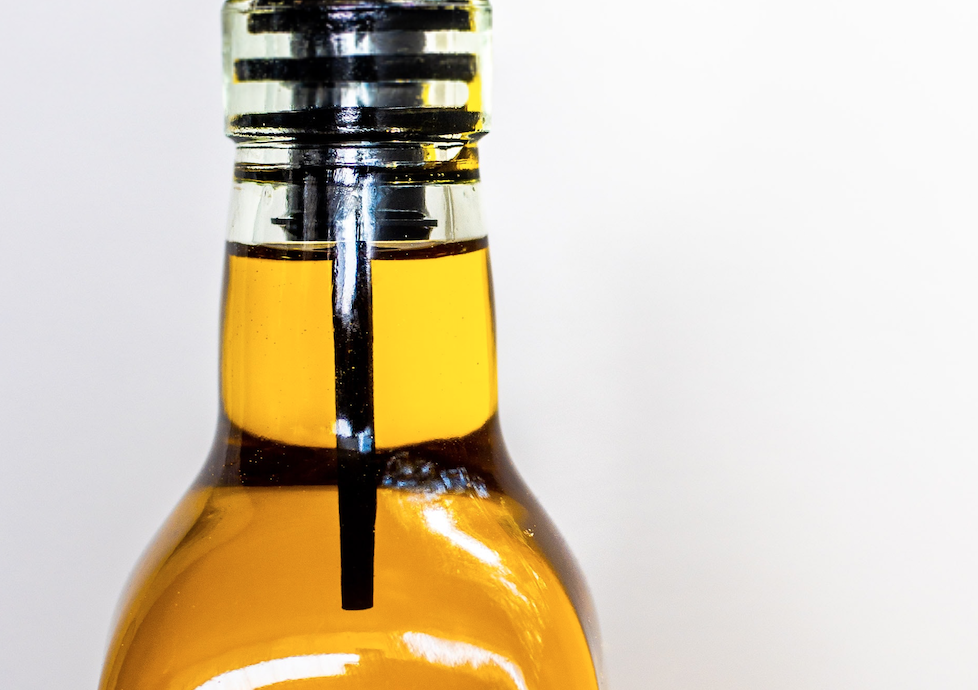
There are three main types of fats:
- Saturated
- Monounsaturated
- Polyunsaturated (aka PUFAs)
One of the “healthy fats,” saturated fats are solid at room temperature like butter and cheese. They contain only single bonds between carbon molecules. While unsaturated fat, like common household cooking oils such as olive oil, tend to be liquid at room temperature. This type of fat has at least one double bond between carbon molecules.
Monounsaturated fat is if a fat molecule has only one double bond. Whereas, a polyunsaturated fat has more than one. Most fats found in food are pretty low in PUFA. But there is a variety that has high-PUFA content available such as canola oil, soybean oil, corn oil, margarine, and the so-called “vegetable oil.”
Generally, consuming too much PUFA is not good. But data show that in the past few decades, PUFA consumption has increased intensely. This happened due to the move from traditional, low-PUFA cooking fats like butter towards high-PUFA fats like “vegetable oil.”
“Vegetable oil” has been sold to the public as the “healthy choice” ironically. It is supposed to be the better option for your heart health. Even though there is a tiny bit of truth to this idea, it is really just a tiny little bit. You have to have more knowledge about the two types of PUFA to understand it better,
Omega-3 and omega-6 fatty acids are the two major classes of PUFAs.
Needed for brain function and cell growth, these are both essential fatty acids for your body. Though these essential fatty acids aren’t produced by your body, so they come from the food you eat. The problem is most of the time, these nutrients are not consumed in their desired 1:4 ratio. Instead, you’ll see food items with a disparity in their ratio, or even equality, like with almonds 1:1 ratio.
Omega-3 Fatty Acids
A less active form of this fat can be found in walnuts, flax, pine nuts, and sunflower seeds. Foods that contain more omega-3s are fatty fish, such as salmon. While trout and bass, kinds of fish with lower fat content, have lower levels.
Omega-6 Fatty Acids
High in omega-6 fatty acids are plant-based oils. Though palm and coconut oils are exceptions as they have a high percentage of saturated fats and are solid at room temperature. Mayonnaise and salad dressings that are oil-based condiments, and margarine, are also high in omega-6 polyunsaturated fats. These are items that are heavily processed that we want to stay away from.
What Do They Do?
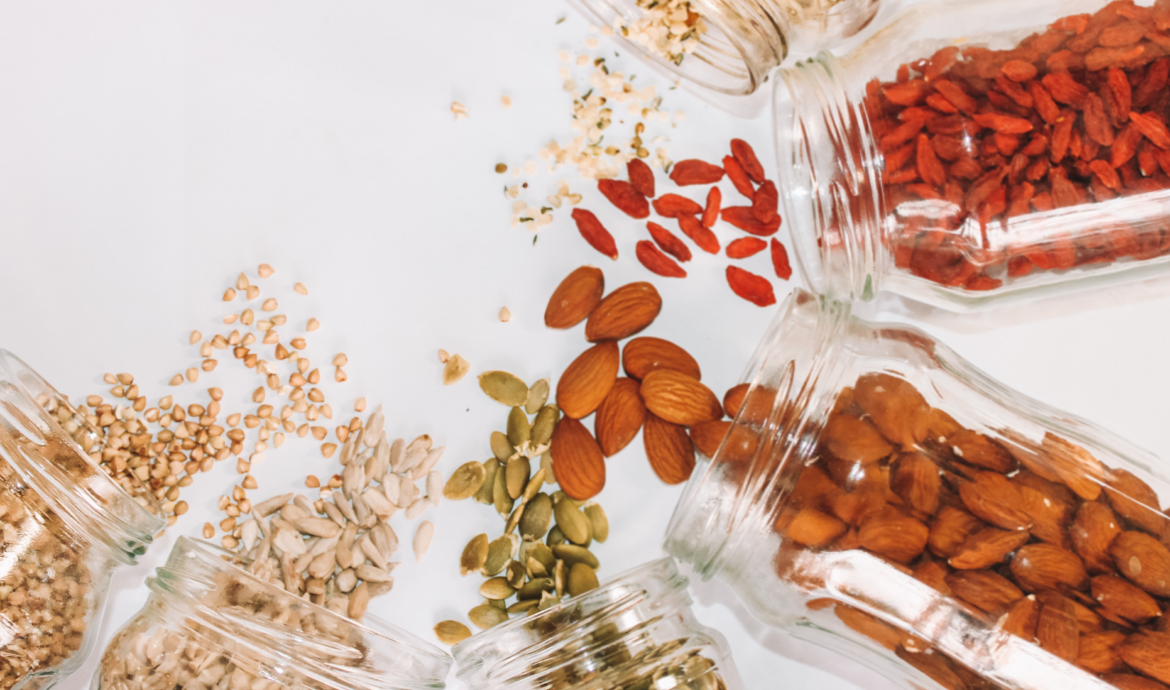
Due to its chemical structures containing multiple double bonds, PUFAs are easily oxidized. Once you purchase vegetable or corn oil, cooking with it can make even it more rancid. When in our bodies, oxidized PUFA can be dangerous. Specifically, a primary cause in the development of heart disease the oxidative damage to fat-containing low-density lipoprotein particles.
Because they’re inflammatory, oxidized fats are dangerous.
One example of oxidation is by heating cooking oil many times or by reusing it. One study showed that when oil is heated by a bunch of times, it causes inflammation when consumed. Even though inflammation can help you fight infections and heal injuries, this is a big factor in inflammatory diseases which happen to be some of the most common diseases of today.
Chronic diseases like diabetes and obesity are due to an increase of inflammation by eating oxidized fats. which could raise your blood pressure and contributes to hypertension. Along with several types of cancer and metabolic syndrome autoimmune disease. It is also the main cause of liver damage and Type 2 Diabetes in children with obesity. This comes to say that inflammation isn’t the only cause of all these diseases. It just contributes to them.
Oxidation of PUFA doesn’t only happen when oils are used for frying over and over again. Also, when the oil in a clear bottle is left in your shelf or at the supermarket for a long time, exposing it to light and heat, oxidation occurs.
So what is the problem with consuming PUFAs?
The more food you consume that includes PUFAs, the more that it is accumulated in your bodies’ adipose tissue. It takes years for fatty acids to turnover in adipose tissue. Hence, even if you shift to a healthier diet, you will feel the health effects of your diet from the past year or two.
Omega-3 and Omega-6 polyunsaturated fatty acids play important roles in inflammation. In general, Omega-3s are anti-inflammatory while Omega-6s are pro-inflammatory. Consumption of omega-6s in excess in relation to omega-3s is thought to promote inflammation and contribute to poor health.
Consuming too much PUFAs (in total or Omega-6) isn’t just the problem. But actually, a deficiency of the PUFA type Omega-3. That is why the ratio of consumption of the types of PUFAs must be improved. Getting more Omega-3s while reducing Omega-6.
Do take note that both the total amount and the ratio are important. To simply put it, the problem of Omega-6 overload can’t be fixed by taking too much Omega-3 supplements to balance it out. Just like Omega-6, Omega-3s can also be oxidized and excessively consuming it is just as inflammatory.
If you’re getting your Omega-3s from whole foods like fish, oxidation is rarely to happen. But if it’s not stored properly or is just really low-quality, Omega-3 supplements are commonly oxidized.
For a well-balanced and ratioed PUFAs diet here is a simple guide for you:
- Stay away from processed and industrial oils like “vegetable oil”, soybean oil, canola oil, etc., and anything made with them.
- Stick with Extra Virgin Olive Oil, Coconut Oil, Butter, and things like Beef Tallow.
- Be careful how much nuts you are consuming on a daily basis.
- Sardines, salmon, and mackerel are the kinds of fatty fish that you should eat more as it has natural Omega-3. Unless you have the assurance that the fish oil supplement you take is of the best quality, you should avoid it as Omega-3s can be oxidized too and fish oil supplements often are.
Tips for a ratioed PUFA diet
Luckily, over the last couple of years, people have started to open their eyes to the benefits of healthy fats. Gone are the days of demonizing one of the most beneficial nutrients to our bodies.
It is important to note that adding unsaturated fat is great, but if you are still regularly consuming large amounts of PUFAs, you will see the damage. It’s important to both add in healthy fats, fruits, and veggies, but also take out the processed food items.
Always remember that moderation is key when it comes to nutrition. As consuming too much can pose health risks, it goes the same for PUFAs.Including PUFAs, all fats contain more than twice the calories found in protein or carbs. Meaning, calories that you get from polyunsaturated fats add up quickly. You must be careful though as you might exceed your daily calorie needs. Which if you do, it could contribute to your weight gain.
Additional PUFA facts
- Because of their multiple double bonds, PUFAs spoil more quickly than other fats.
- PUFA oils should be stored in a cool and dark place before opening and must be kept in the refrigerator after opening.
- The temperature at which an oil starts to smoke is its smoke point and PUFAs have a lower smoke point. Linking to cancer and neurodegenerative diseases in animal studies, when it smokes, its fat break downs and harmful substances are produced.
I hope you enjoyed this post and learned more about PUFAs. As always, reach out with any questions or comments, about PUFAs you can send me an email here or shoot me a DM on Instagram.
xx Linds
P.S. If you enjoyed this post, please check out some of my other nutrition related posts under my “wellness” page.


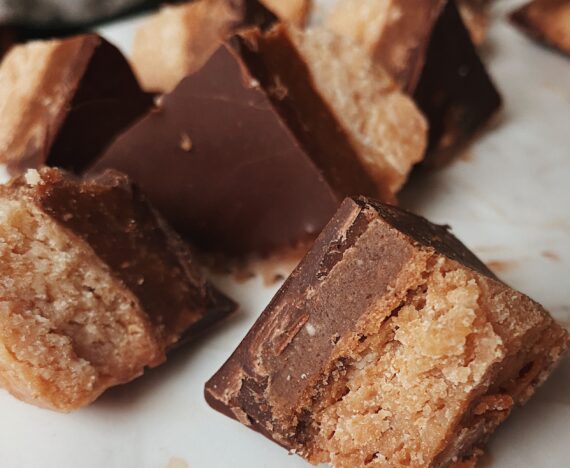

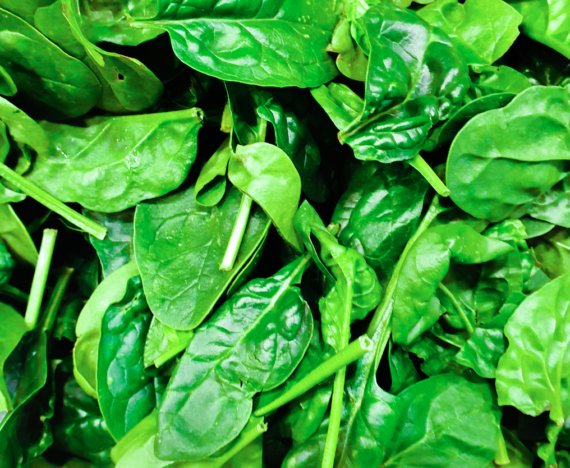
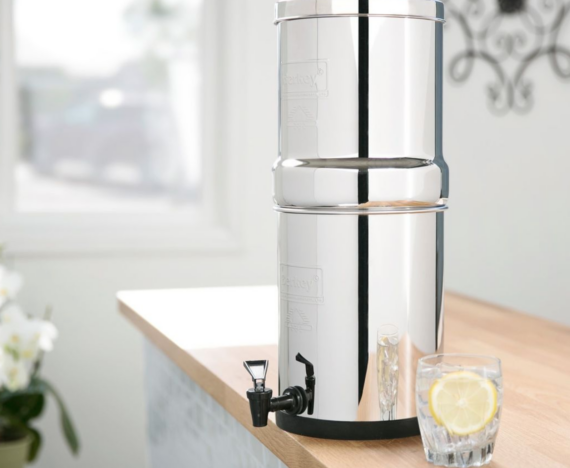
Comments are closed.